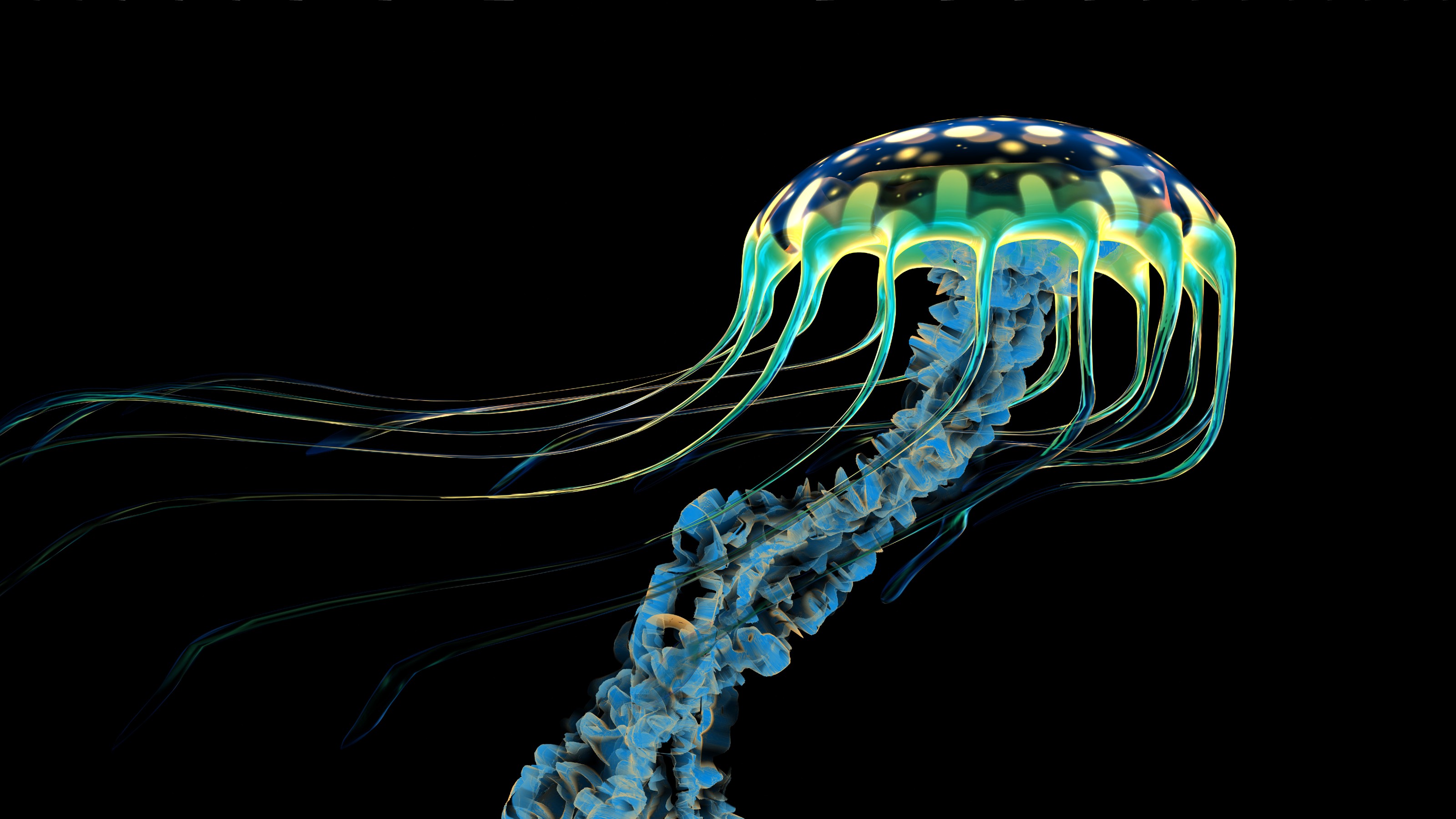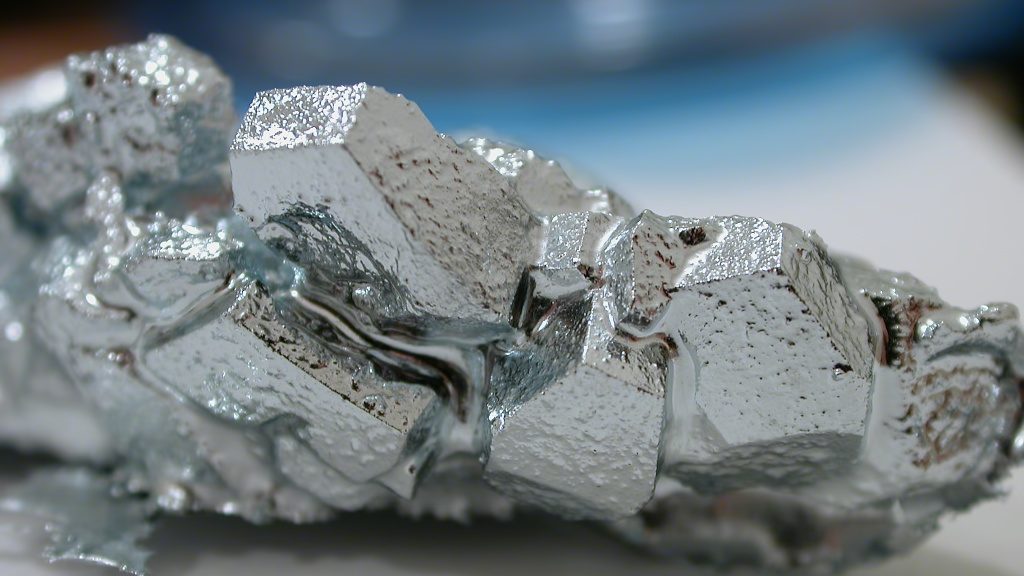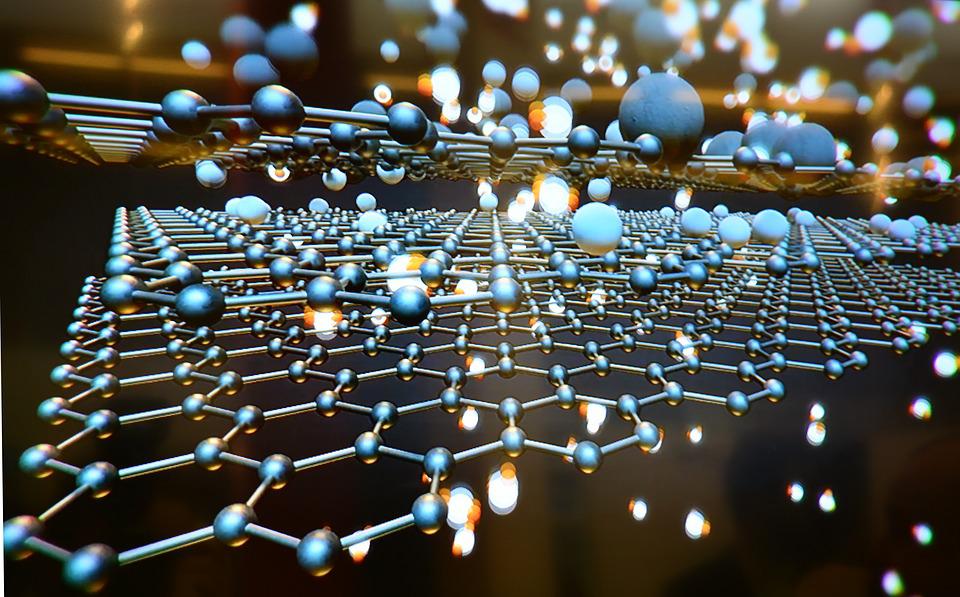Scientists Accidentally Invent Glass You Can Fix in a Literal Pinch

(TAKE PHOTO/Shutterstock)
Imagine dropping a new glass-front or -back phone you just spent precious money on, and watching helplessly as it shatters. Welcome to your brand-new, high-priced phone with a smashed screen for the rest of its life. Sigh. A University of Tokyo research team has just announced chancing upon a rigid, glass-like polymer that you can “heal” just by pressing together its broken pieces. For phones and other fragile items, the material they’re currently developing could be a big deal.
Graduate student Yu Yanagisawa was preparing polyether-thioureas, a low-weight polymer, for use as glue and noticed something really odd after cutting up a 2 millimeter-thick sheet of TUEG3 (one form of polyether-thioureas) into pieces: When the rectangles were pressed together, they self-adhered and bonded as a single piece. Incredulous but intrigued, he kept playing with the material and soon realized that pressing them together for just 30 seconds connected them as a single sheet capable of supporting 300 grams in weight.
Later on, Yanagisawa and his colleagues found that pressing pieces together for a few hours resulted in a bond every bit strong as the material had originally been prior to cutting.
TUEG3 is rigid, and non-tacky polymer, unlike other self-healing plastics and rubbers that are soft and deformable, lacking the requisite rigidity, or “mechanical robustness,” that, say, a phone screen requires. As the study says, prior to this research, “high mechanical robustness and healing ability tend to be mutually exclusive.” TUEG3 brings the two attributes together for the first time.
One more thing: The TUEG3 pieces joined together at room temperature — 21°C, or 69.8°F — while other self-healing materials require high temperatures of 120° F to form strong connections.
Putting all these characteristics together, polyether-thioureas may provide the first real-world-usable, truly self-healing material for phones. Others have been proposed, and LG’s 2015 G Flex 2 sported a back coating that could self-heal minor scratches, but TUEG3 is the first capable of mending serious damage. And with the likely increase in glass-backed phones for the purposes of inductive charging, the new material’s right on time.
An added bonus could be fewer smashed phones clogging landfills. Yanagisawa tells NKH, “I hope the repairable glass becomes a new environment-friendly material that avoids the need to be thrown away if broken.”
Science Magazine’s video explains the chemistry behind TUEG3’s potential.
(SCIENCE MAGAZINE)





